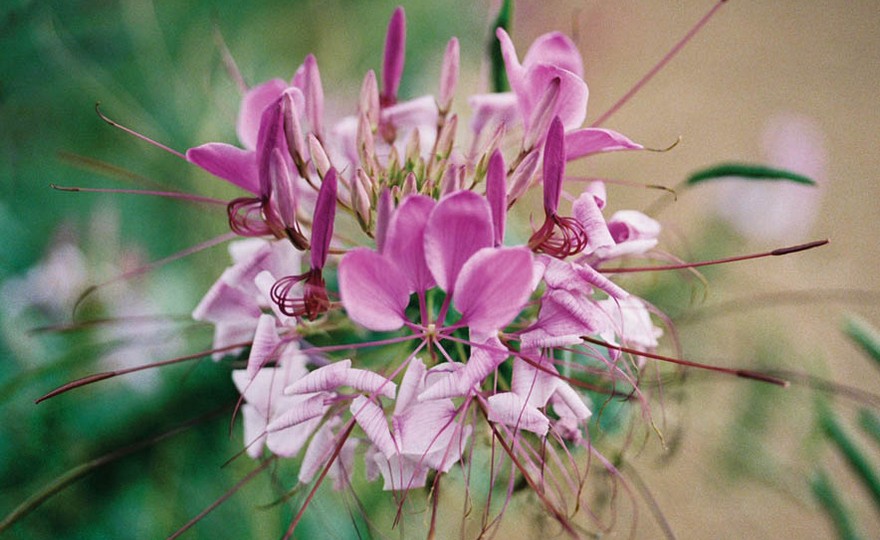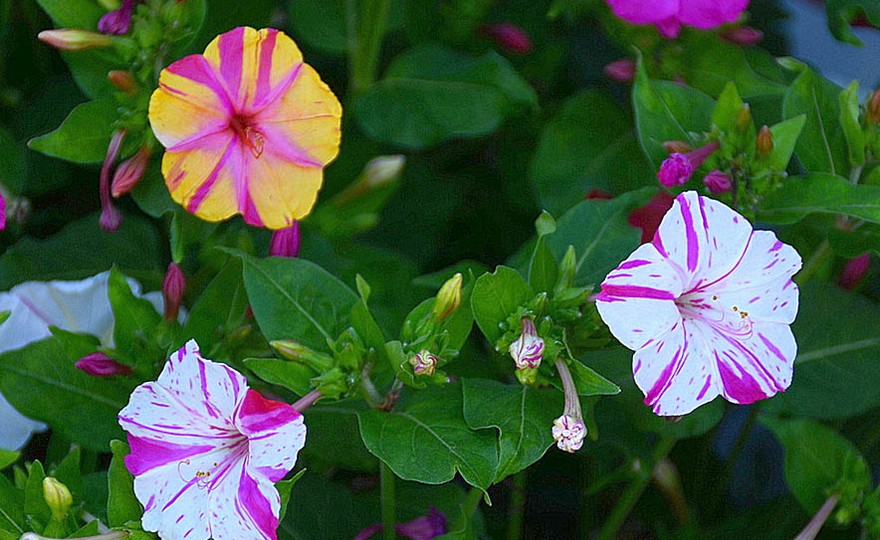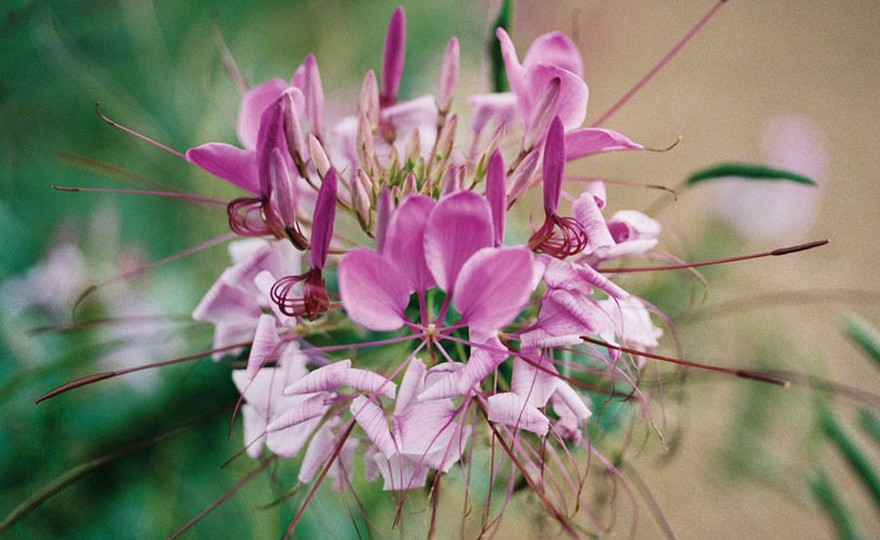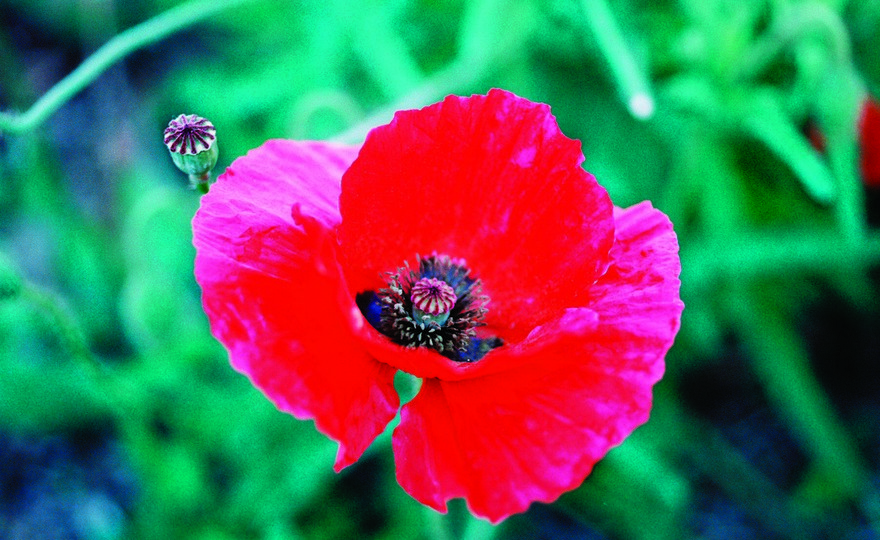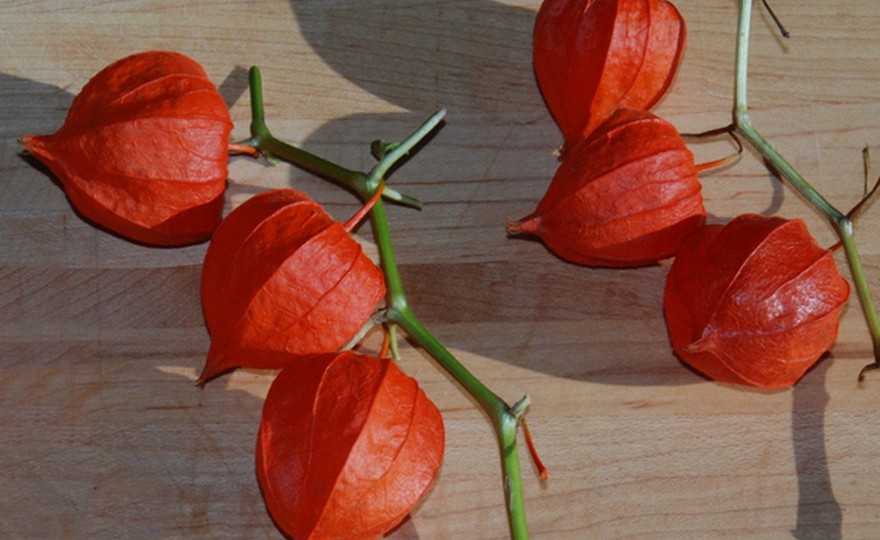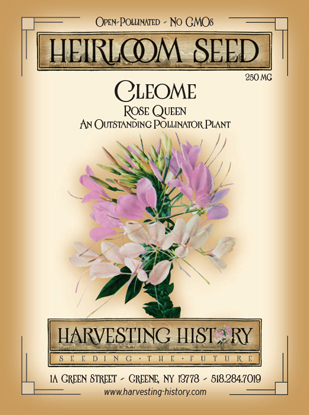
Cleome, Rose Queen
-
- **SOLD OUT** HOLIDAY GIFTS **SOLD OUT**
- **SOLD OUT** Holiday Books **SOLD OUT**
- **SOLD OUT** Holiday Citrus **SOLD OUT**
- **SOLD OUT** Holiday Gift Certificates **SOLD OUT**
- **SOLD OUT** Holiday Paperwhites **SOLD OUT**
- **SOLD OUT** Holiday Praying Mantis Kits **SOLD OUT**
- **SOLD OUT** Holiday Tools **SOLD OUT**
- **SOLD OUT** Holiday Wildflower Mixtures **SOLD OUT**
- Citrus Trees
- **SOLD OUT** - Vegetable and Herb Plants - Mix & Match any 6 Plants for $50 - Only Shipped in Quantities of 6
- Elephant Ear Plants & Roots
- **SOLD OUT** 4-Inch Pot Herb Plants **SOLD OUT**
- Rare Plants
- **SOLD OUT** Vining Plants **SOLD OUT**
- Asian Seeds
- Beneficial Bugs
- Books
- Citrus Fertilizers
- Cold-Treated Bulbs - SEE BULBS FOR FALL PLANTING TO ORDER
- Cold-Treated Allium
- Cold-Treated Chionodoxa
- Cold-Treated Crocus
- Cold-Treated Hyacinthoides
- Cold-Treated Hyacinthus Orientalis
- Cold-Treated Narcissus
- Cold-Treated Cyclamineus Narcissus
- Cold-Treated Double Heirloom Narcissus
- Cold-Treated Jonquilla Narcissus
- Cold-Treated Large Cupped Narcissus
- Cold-Treated Poeticus Narcissus
- Cold-Treated Small Cupped Narcissus
- Cold-Treated Species Miniature Narcissus
- Cold-Treated Split Cupped Narcissus
- Cold-Treated Tazetta Narcissus
- Cold-Treated Triandus Narcissus
- Cold-Treated Trumpet Daffodils
- Cold-Treated Ornithogalum
- Cold-Treated Rock Garden Iris
- Cold-Treated Scilla
- Cold-Treated Tulips
- Cold-Treated Emperor Tulips
- Cold-Treated Fringed Tulips
- Cold-Treated Green or Viridiflora Tulips
- Cold-Treated Lily Flowering Tulips
- Cold-Treated Parrot Tulips
- Cold-Treated Peony Flowering Tulips
- Cold-Treated Single Early Tulips
- Cold-Treated Single Late Tulips
- Cold-Treated Species Tulips
- Cold-Treated Triumph Tulips
- Flower Bulbs, Corms and Tubers
- Bulbs for Spring Planting
- Bulbs for Fall Planting - ALL BULBS AVAILABLE ARE COLD TREATED FOR PLANTING AS SOON AS SOIL CAN BE WORKED
- Fall Blooming Bulbs
- Garden Tools & Equipment
- Gift Certificates
- HHH Exclusive Wildflower Mixtures
- Wildflower Mixtures
- Heirloom Garlic
- Potatoes
- Roots & Sets
- Seeds
- Flowers
- Herbs
- Vegetables
- **SOLD OUT** HOLIDAY GIFTS **SOLD OUT**
-
- No products to compare
-
75 in stock
Quick Overview
Cleome, Rose Queen
Cleomes are one of the easiest plants to grow from seed. They are annuals, but they are vigorous reseeders. They prefer full sun and light, rich soil. Plant the seed in the spring after the danger of frost has passed. Plants will begin producing blooms in July and will continue to bloom until the first frost.
| Type | Spacing | Planting Depth | Days to Germination | Blossoms |
| Annual | 8 in. | 1/2 in. | 10-14 | 30-45 |

Cleome, Rose Queen
Cleomes are part of a large family of robust annuals and shrubs which are indigenous to tropical and subtropical areas worldwide. Only a few of the annuals are commonly cultivated. It is believed that the plant from which Cleome Rose Queen was developed came originally from the West Indies and was introduced into the United States in 1817. The Latin name of this plant was Capparidaceae Hassleriana. The plant gained almost immediate popularity because of the extraordinary blossoms it produced on top of the nearly 4-5 foot stems. They were a curiosity and they definitely looked curious. In his 1851 book, The Flower Garden, Joseph Breck wrote, “This is an elegant tribe of plants and very curious in their structure…However beautiful and curious these plants may be, and desirable for show, they are repulsive to the smell and unpleasant to the touch, and, therefore, will not be favorites.” In the end, Breck proved to be correct, but not before the plant enjoyed many decades of popularity. By Victorian times, the plant was being grown in most greenhouses as a potted plant. As the cottage garden style emerged during the Victorian era, cleomes became a popular component of the Victorian cottage garden in America and Europe, but not so much in Britain. During the 20th century, as gardens became smaller and gardening, in general, became less popular, cleomes fell out of favor. Only in the last 5 years has there been a resurgence of interest in cleomes. This is probably due to the growing interest in old fashion flowers and a return to the cottage garden style.

